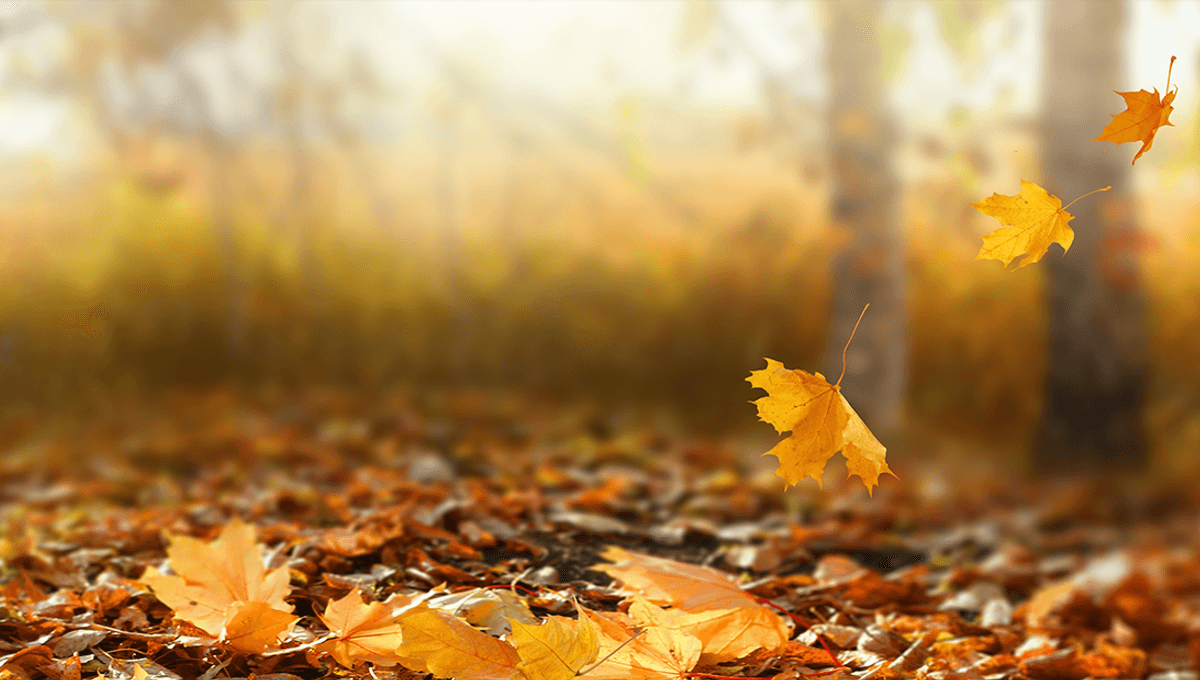
If you pay any attention to the world around you, you are likely aware of how deciduous trees shed leaves, pollen, seeds, fruits, and yet more pollen into the world around them.
Nature, and the process of evolution, has come up with ingenious ways for trees to spread their seeds around far and wide. These include offering treats to animals that unknowingly transport the seeds elsewhere (sometimes in their digestive system) to be planted, explosions of seed pods, and dispersing through the wind.
“Birches also use the wind for pollination, as well as to distribute their seeds. They produce large numbers of tiny, lightweight winged seeds called samaras, which float and glide on air currents. Willows instead release fluffy seeds which use a parachute effect to ride the breeze,” the UK’s Woodland Trust explains of the wind dispersal mechanism.
“Ash, field maple, and hornbeam seeds generate their own lift with their specially designed wings. These ‘helicopter seeds’ spin as they fall, creating a type of flight known as autorotation.”
Deciduous trees shed their leaves annually, losing around 40 percent of the carbon they have assimilated, and substantial amounts of nutrients in the process. But they do not have to be lost forever, and can be recycled by the tree itself if they land and decompose close enough to the parent tree.
“Evolutionary thinking suggests that trees may optimise their leaves to deposit where their nutrients can be recycled, and locally improve soil conditions,” Matthew D. Biviano and Kaare H. Jensen, from the Department of Physics at the Technical University of Denmark, explain in a new paper.
“Shape adaptations that take advantage of aerodynamic effects allow, e.g., the parachuting dandelion seed, the gliding Javan cucumber seed, or the helicopter maple seeds to fall slowly and be carried by the wind to settle remarkably far from the parent plant. In contrast to pollen and seeds, however, leaves must fall to the ground quickly to achieve a proximal concentration of nutrients.”
The team investigated how the shape of the leaves of deciduous trees affects how they fall, using an “automated sedimentation apparatus” to conduct 100 free fall experiments a day on biomimetic paper leaves. The leaves were dropped into water, allowing them to analyze the descent.
The team found that most of the “leaves” fell quickly, which is vital if the leaves are to fall near the tree, where their nutrients and carbon can be recycled.
“The majority of 25 representative leaves settle at rates similar to our control (a circular disc). Strikingly, the Arabidopsis mutant asymmetric leaves1 (as1) fell 15% slower than the wild type. Applying the as1-digital mutation to deciduous tree leaves revealed a similar speed reduction,” the team write.
“Data correlating shape and settling across a broad range of natural, mutated, and artificial leaves support the fast-leaf-hypothesis: Deciduous leaves are symmetric and relatively unlobed in part because this maximizes their settling speed and concomitant nutrient retention.”
Non-symmetric leaves were found to fall more slowly, due to the way they twirled as they fell.
“We propose that symmetry in deciduous leaf shape is evolutionarily driven by an aspiration to fall rapidly,” the team added. “This, in turn, facilitates local nutrient recycling through the soil, thus promoting the fitness of trees and their offspring.”
While interesting, and certainly plausible, the team stresses that there are other factors which affect the shape of leaves, though nutrient recycling may be a large factor. They add that climate change has been shown to significantly affect leaf shapes and symmetry, and this in turn may affect nutrient recycling in trees.
The study is published in the Journal of the Royal Society Interface.
Source Link: Fast Leaf Hypothesis: Scientists Discover Sneaky Way Trees Use Geometry To Hog Nutrients